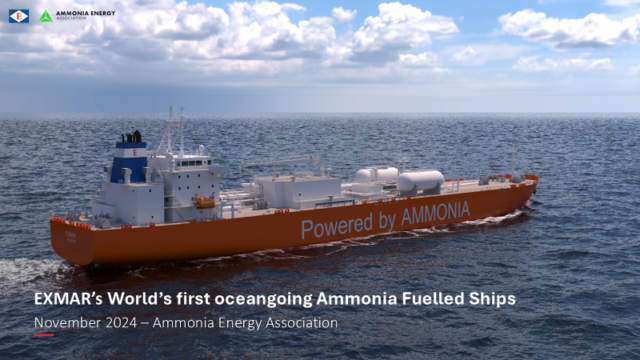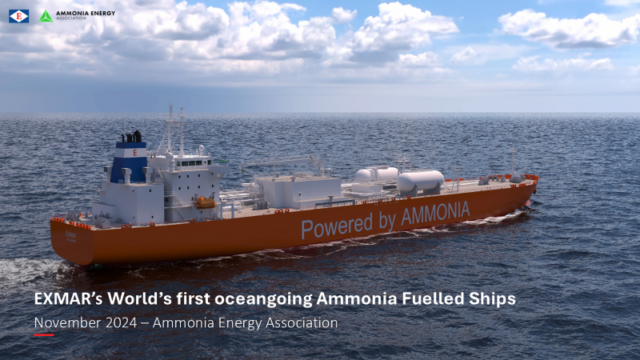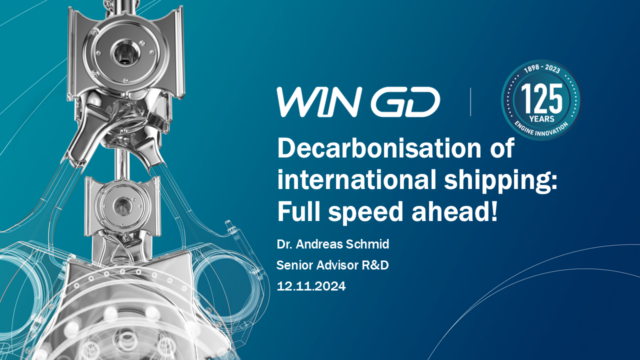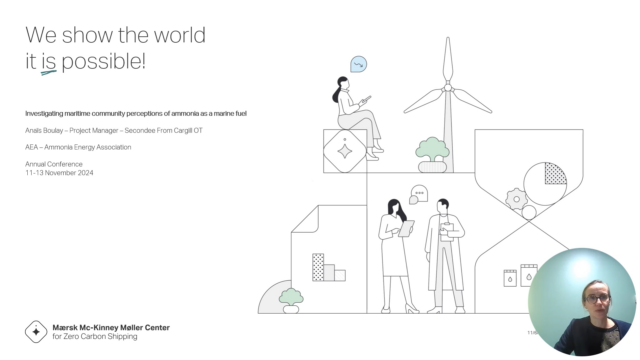Maritime Fuel
Presentation
How to give a chemical push to ammonia in a compression ignition engine?
The initial work on direct additivation to ammonia in a Rapid Compression machine showed promising results and radical ignition delays and temperature reduction. From these tests on, tests conducted on a research mono-cylinder engine, with the help of the Prisme laboratory at the University of Orléans, demonstrated that the additive used in pilot fuels allowed for better controlled ignition than the pilot fuel alone, better and eased cycle to cycle stabilization and better power output. It also quite dramatically reduced the amount of pilot fuel needed. It seems that the additive helps to keep ammonia in the combustion event even…
Presentation
Investigating maritime community perceptions of ammonia as a marine fuel
Explore results from a recent MMMCZCS survey of the maritime community: https://www.zerocarbonshipping.com/publications/investigating-maritime-community-perceptions-of-ammonia-as-a-marine-fuel/









